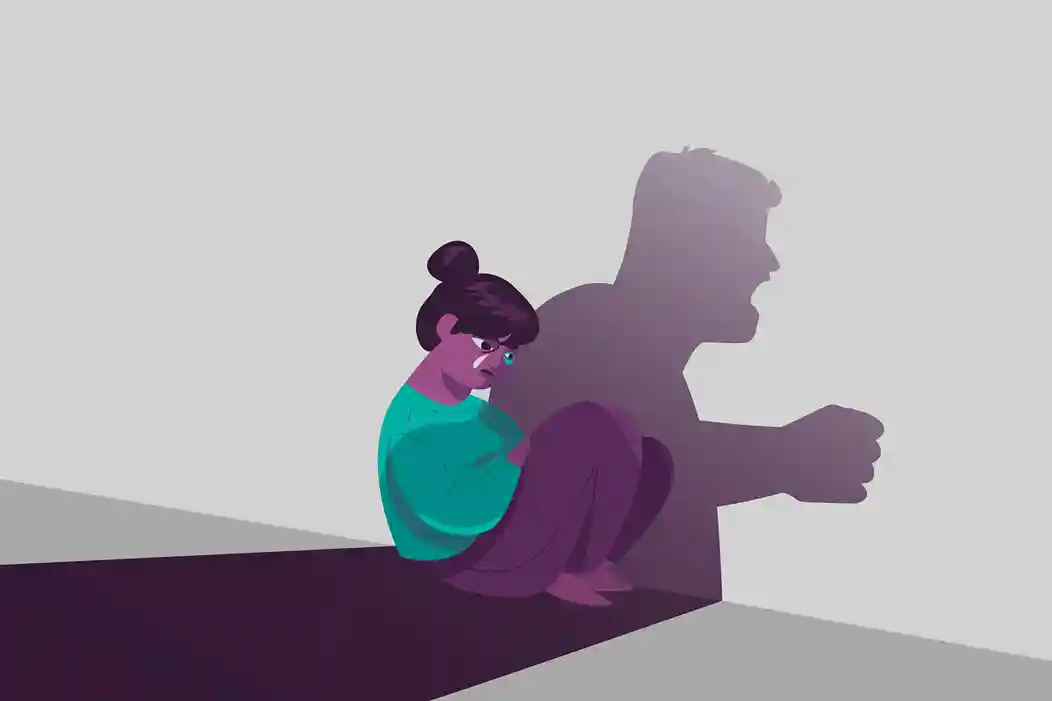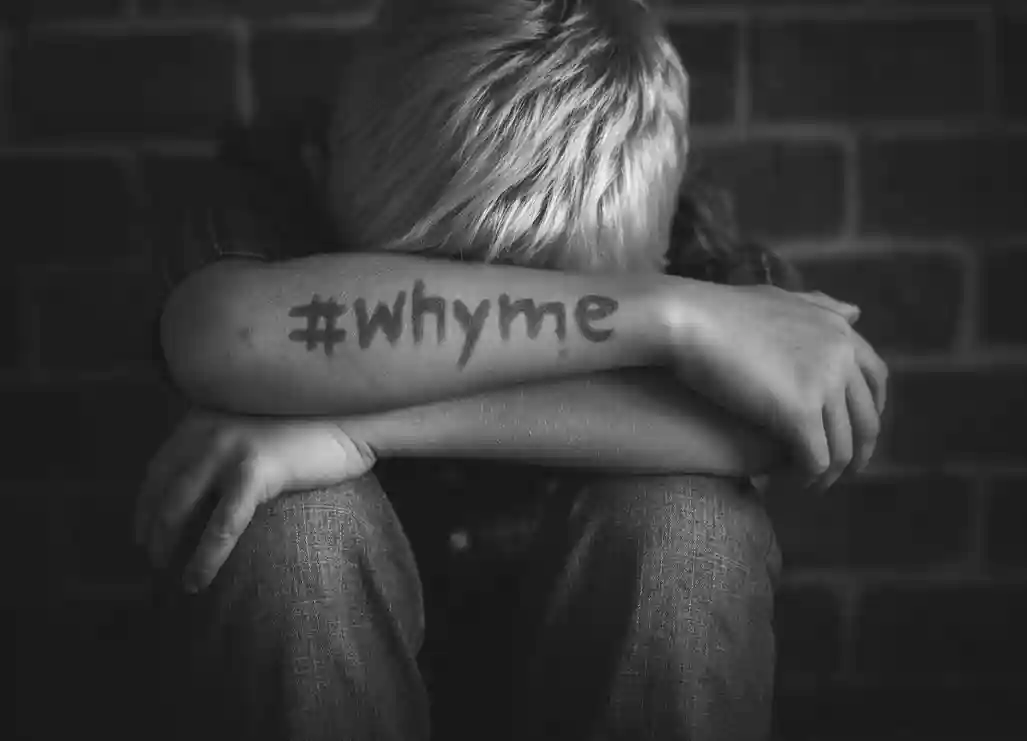People frequently bear hidden childhood traumas that they are unaware of. The development of emotions and behavior together with interpersonal relationships is deeply impacted by this trauma, which becomes noticeable as anxiety and depression alongside unidentified emotional triggers in adulthood. The process of healing childhood trauma, which remains hidden within, requires substantial effort yet constitutes the vital path to achieve emotional wellness and equilibrium in life.
What is Repressed Childhood Trauma?
Conditioned traumatic experiences from childhood become trapped inside the mind because people unconsciously chose to forget them in early development. Such memories leave the consciousness through the subconscious after an individual’s unconsciousness puts them there to protect themselves from intense emotional stress. Hidden from day-to-day thinking, childhood trauma that gets repressed tends to surface in adulthood as psychological, emotional, and physical distress.
The Science Behind Repressed Childhood Trauma
Psychologists together with neuroscientists have conducted extensive research about statistical repression in childhood. Memory suppression in the brain depends heavily on the defensive operations of the amygdala and hippocampus. The stored traumatic memories remain unconscious yet affect emotional responses together with behavioral patterns. Unresolved trauma causes chronic stress levels which affect both the nervous system and the complete wellness structure.
Signs of Repressed Childhood Trauma
One needs to recognize the signs of suppressed childhood trauma before starting their healing process. Here are some common indicators:
- Unexplained Anxiety and Depression – When sadness and worry persist without logical reasons, then it could be caused by traumatic experiences.
- Trust Issues – A person’s inability to trust individuals even in close bonds develops when they experience abandonment or betrayal during their childhood.
- Fear of Abandonment – Fear of abandonment establishes when your emotional state keeps questioning whether your loved ones intend to leave you or turn their backs on you.
- Emotional Numbness – Emotional numbness leads people to both lose their ability to identify their feelings and struggle to express emotions naturally.
- Recurring Nightmares or Flashbacks – Endless frightening dreams alongside spontaneous recollections of traumatic events mark this symptom.
- Unhealthy Coping Mechanisms – Over-reliance on alcohol, drugs, or other distractions to numb emotions.
- Difficulty in Setting Boundaries – Executive dysfunction in defining parameters results in the inability to decline requests or feel bad when prioritizing personal needs over others.
- Hyper-Independence or Extreme Dependency – People either maintain great emotional detachment from others by pushing them away or develop an excessive need to seek validation from others constantly.

How Repressed Childhood Trauma Affects Adulthood
1. Mental Health Struggles
When childhood trauma stays hidden inside a person, they commonly experience anxiety and depression or post-traumatic stress disorder. People experience difficulty keeping their mental balance because hidden traumatic experiences create an emotional weight.
2. Relationship Issues
Repressed childhood trauma affects the way people establish relationships with other individuals. The usual challenges of trust issues as well as attachment problems and fear of intimacy frequently appear in people who have repressed their childhood trauma.
3. Self-Sabotaging Behaviors
Trauma survivors experience challenges with self-belief alongside procrastination and negative inner dialogue that prevents them from pursuing their maximum capabilities.
4. Physical Health Problems
The body displays physical health problems from untreated traumatic events through various symptoms, including headaches as well as digestive and autoimmune conditions and heart-related diseases.
5. Low Self-Worth
Many individuals with repressed childhood trauma experience feelings of unworthiness or self-blame. People with this issue tend to face perfectionist thinking and self-critical tendencies that make them feel continually inadequate.
10 Ways to Heal from Repressed Childhood Trauma
Healing from repressed childhood traumas requires dedication together with qualified help and enough time. The following steps demonstrate strong methods to start the process of recovery:
1. Seek Professional Help
People who have received training in trauma recovery through EMDR (Eye Movement Desensitization and Reprocessing) can assist uncover and process repressed memories safely.
2. Practice Mindfulness and Meditation
Presenting yourself to both emotions and thoughts enables gradual processing of past trauma. Meditation creates a safe environment to feel and understand your body sensations without fear.
3. Journal Your Thoughts and Feelings
Keeping a journal helps patients identify previously hidden traumatic events while making sense of unaddressed incidents.
4. Engage in Inner Child Healing
Inner child work requires you to recover your younger state so you can care for their unmet requirements by providing them both love and compassion.
5. Recognize and Challenge Negative Beliefs
Trauma survivors commonly develop entrenched beliefs that state that they are not valuable enough to receive love. The process of healing requires accurate identification of negative thoughts along with their proper readjustment.
6. Develop Healthy Coping Mechanisms
Constructive habits need replacement of unhealthy ones through exercise and art therapy or spending time outdoors.
7. Establish Strong Boundaries
Healing from repressed childhood trauma requires people to stop saying yes to everything and practice activities that promote their well-being.
8. Build a Support System
Emotional validation along with encouragement emerges when people connect with trusted friends or family members and support groups.
9. Explore Therapy Modalities
Different therapeutic approaches, including cognitive-behavioral therapy (CBT), trauma-focused therapy, and somatic therapy, prove effective for processing unhandled trauma that stems from childhood.
10. Be Patient with Yourself
Healing is not linear. Prolonged commitment along with kindness toward yourself will produce gradual positive changes over time.
FAQs About Repressed Childhood Trauma
How do I know if I have repressed childhood trauma?
Being anxious without reason or facing trust problems along with experiencing nightmares and emotional detachment are signs of possible repressed trauma. People seeking expert assistance gain better understanding about their mental state.
Can repressed childhood trauma resurface later in life?
Yes. Emotional events and flashbacks, together with physical responses, can emerge from hidden emotional content when particular relationships or scenarios occur.
Is it possible to heal from repressed childhood trauma without therapy?
Both self-help techniques and professional therapy serve different purposes because therapeutic counseling leads to deep recovery and longer-lasting results.
What is the best therapy for repressed childhood trauma?
The most successful treatments for buried trauma include EMDR together with CBT and trauma-focused and somatic therapy.
How long does it take to heal from repressed childhood trauma?
The healing process shows different timelines depending on each individual case. People frequently reach healing milestones at either monthly or yearly rates. The most important factor in healing is maintaining steady efforts with persistent kindness towards yourself.
People who acknowledge and treat repressed childhood trauma can develop lives complete with emotional liberation and better relationships together with inner serenity.
Click Here for Reading More:
10 Transformative Books to Help with Depression: A Guide to Healing and Growth>>

